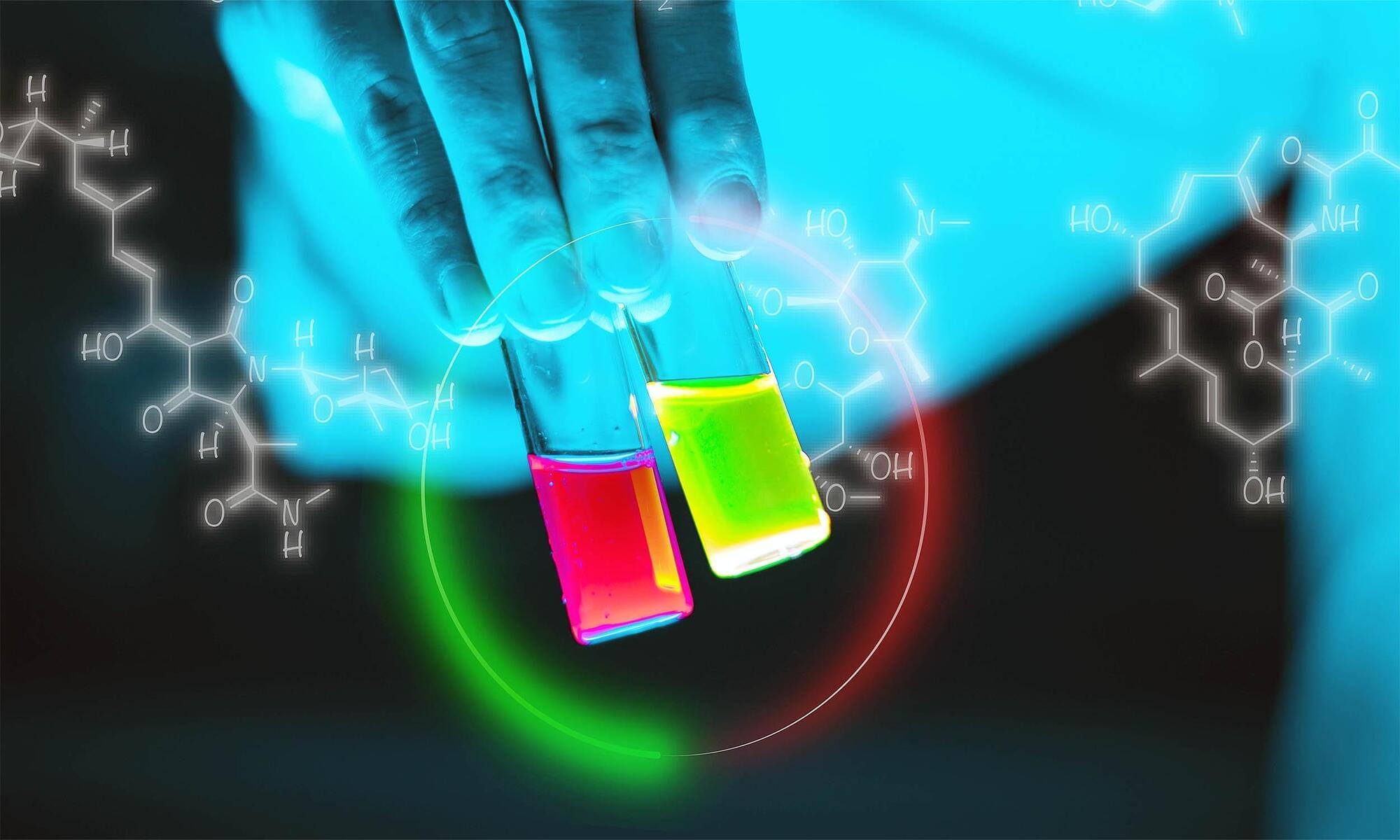Using a novel technique to wirelessly record neural signals from already-implanted deep-brain stimulators in patients with Parkinson’s disease in an outpat


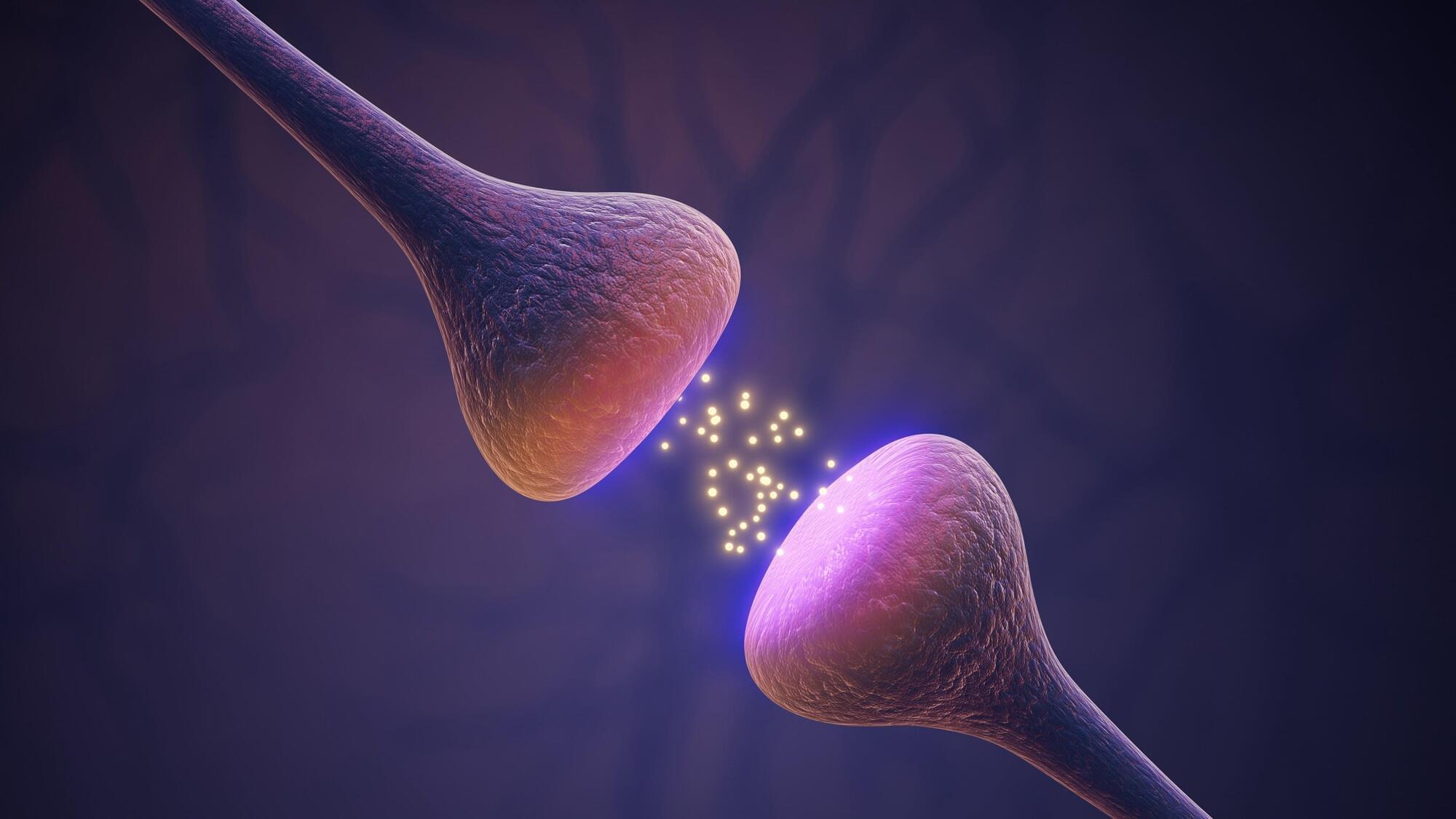
“To date, there was little understanding of how the estrous cycle affects neurons in living mice,” said Nora Wolcott, the paper’s lead author. Now, thanks to advanced microscopy techniques, Goard’s team was able to measure the structure and activity of neurons across multiple estrous cycles, thereby gaining insight into sex hormones’ role in brain plasticity and memory. Other authors on the paper include William Redman, Marie Karpinska, and Emily Jacobs.
Researchers observe how fluctuations in ovarian hormones shape the structure and function in the mouse hippocampus, with implications for neural plasticity in humans.
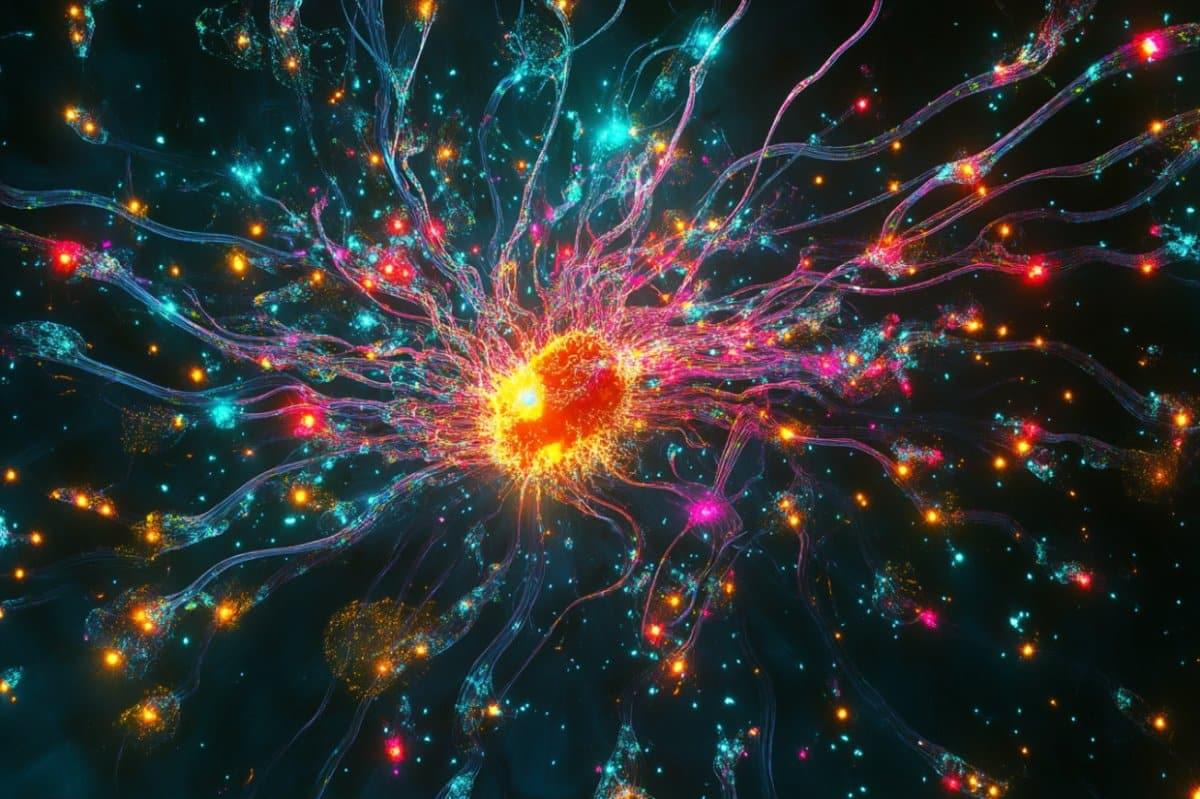

If you need an excuse to turn off the laptop over the weekend or rein in overtime, scientists have found that working extended hours actually changes parts of the brain linked to emotional regulation, working memory and solving problems. While we know the toll that “overwork” takes physically and mentally, the precise neurological impact has not been well understood.
An international team of researchers including scientists from Korea’s Chung-Ang University assessed 110 healthcare workers – 32 who worked excessive hours (52 or more per week) and 78 who clocked less than 52 hours per week, or what would be considered closer to standard hours in the field. Voxel based morphometry (VBM) to assess gray matter and atlas-based analysis was then applied to MRI scans of each individual’s brain, identifying volume and connectivity differences.
When the scientists adjusted the results to account for age and sex, they found that, in the overworked cohort, the imaging showed a significant difference in brain volume in 17 different regions of the organ – including the middle frontal gyrus (MFG), insula and superior temporal gyrus (STG). Atlas-based analysis identified that, in the overworked individuals, there was 19% more volume in the left caudal MFG. The MFG – part of the brain’s frontal lobe – is the heavy lifter when it comes to executive functioning like emotional regulation, working memory, attention and planning, while the STG’s main task is auditory and language processing. The insula, meanwhile, is key in pain processing and other sensory signaling.

There is a curious tension between the notion of information as zero dimensional and the very fabric of the universe that is measured in finite increments such as the Planck length, often considered the smallest meaningful unit of space (10⁻³⁵ m). From the day our earliest models of communication were formalized, theorists have wrestled with the idea that information might be weightless, formless, and without dimensional extension, even as all signals we use to transmit and store it require tangible, measurable structures. As a matter of conceptual elegance, zero-dimensional descriptions of information promise simplicity and universality, yet collide with the physical reality of a world that consists of definite quantum-scale granularity. While Gregory Bateson alluded to information as a “difference that makes a difference” (Bateson, 1972, p. 459), the question remains whether this difference is truly independent of spatial and temporal constraints, or forever bound to them in ways that challenge the zero-dimensional ideal.
When the classic figures of communication theory described the fundamentals of information, there was a sense that the symbol or “bit” itself was neither physical nor extended in space. Claude Shannon (1948) famously called the problem of communication one of “reproducing at one point either exactly or approximately a message selected at another point” (p. 379). Such an abstract conceptualization pushed any question of dimensional extension into the background, because the focus rested on logical patterns rather than the medium. Yet, even in these logical patterns, one finds references to signals, channels, and potential distortions that are inseparable from physical processes. A memory device — whether neural or silicon-based — still requires a physically instantiated substrate to encode these abstract messages. Norbert Wiener (1954), whose work helped launch cybernetics, was strikingly prescient when he declared, “Information is information, not matter or energy.
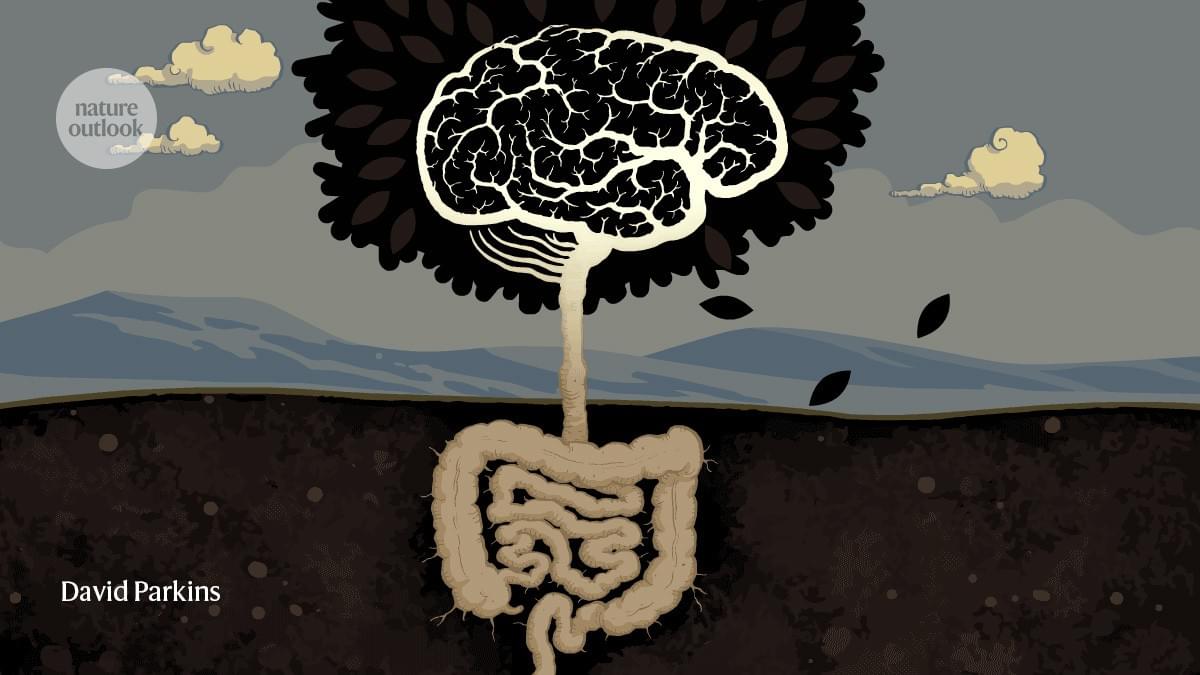
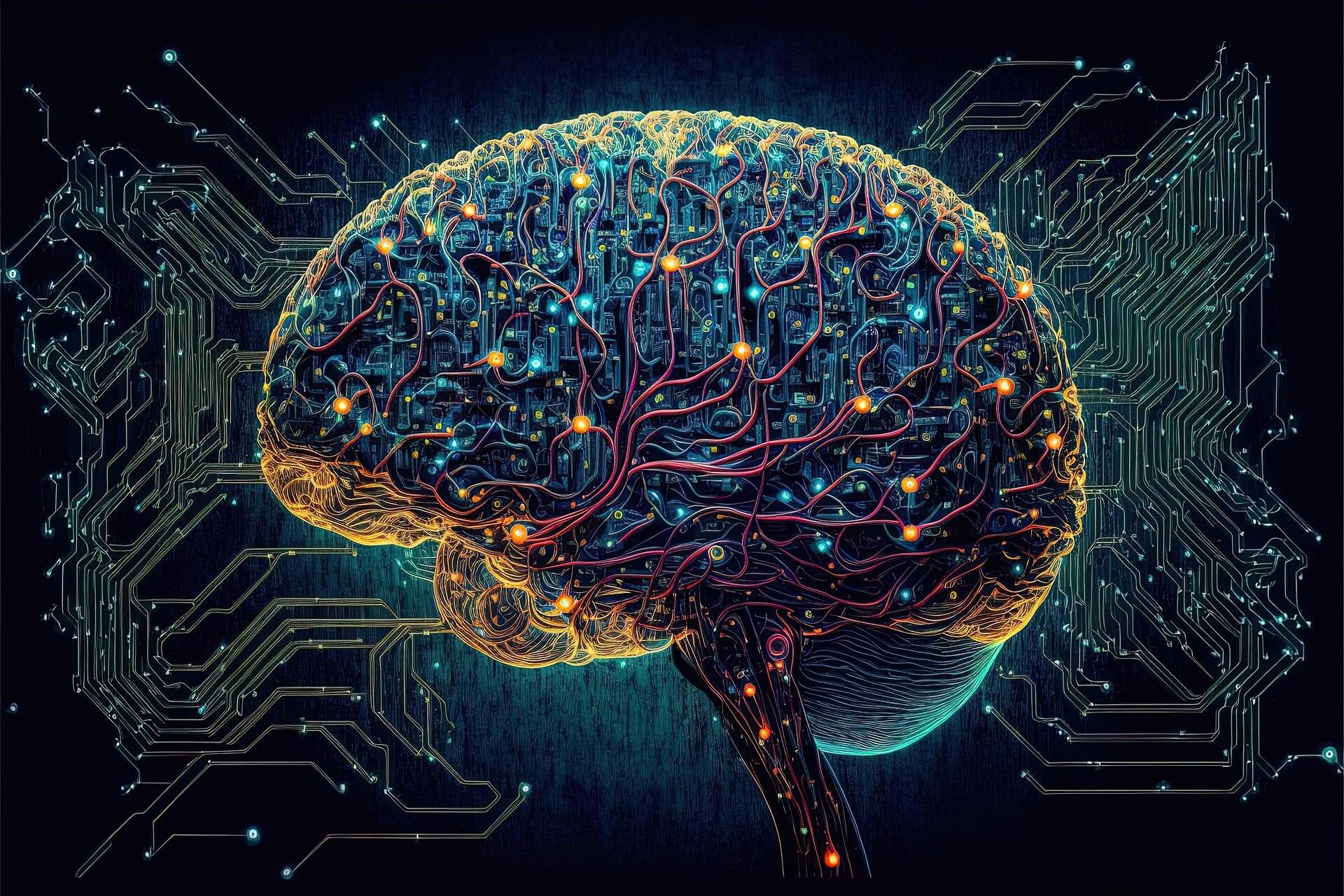
Back pain, migraines, arthritis, long-term concussion symptoms, complications following cancer treatment—these are just a few of the conditions linked to chronic pain, which affects 1 in 5 adults and for which medication is not always the answer.
Now, a new review study offers insight into how specific types of psychological treatment can help relieve this pain through physical changes in the brain.
The research article was published today in The Lancet. The study was led by Professor Lene Vase from the Department of Psychology at Aarhus BSS, Aarhus University.
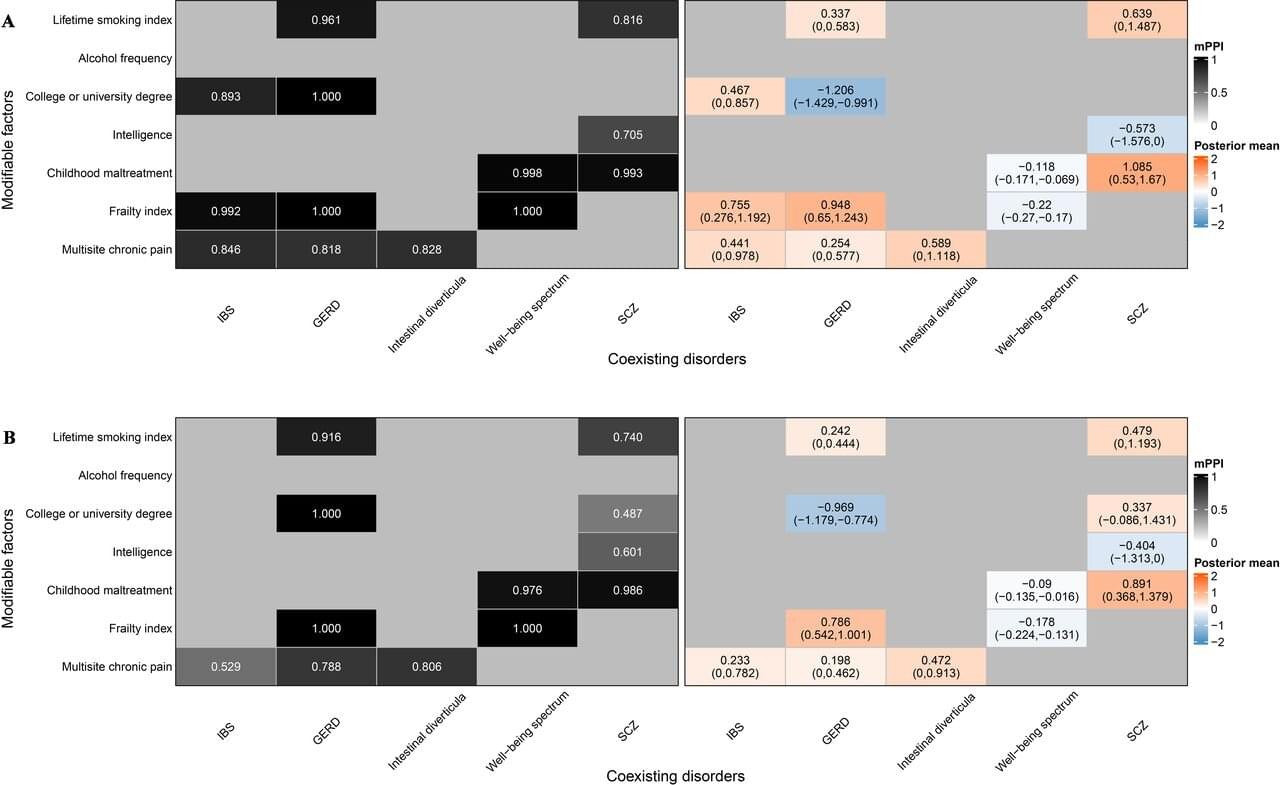
Irritable bowel syndrome (IBS) is a prevalent and debilitating gastrointestinal disorder affecting approximately 5%–10% of the global population. Characterized by abdominal pain, bloating, and altered bowel habits, IBS imposes a significant burden on quality of life and health care systems worldwide.
Despite its prevalence, the exact pathogenesis of IBS remains elusive, and effective prevention strategies are lacking. Di Liu and colleagues conducted a comprehensive Mendelian randomization (MR) study—an approach that uses genetic variants as instrumental variables to infer causality.
The study integrates Mendelian randomization (MR) and multiresponse MR (MR2) analyses to distinguish genuine causal relationships from shared or spurious associations. The research is published in the journal eGastroenterology.
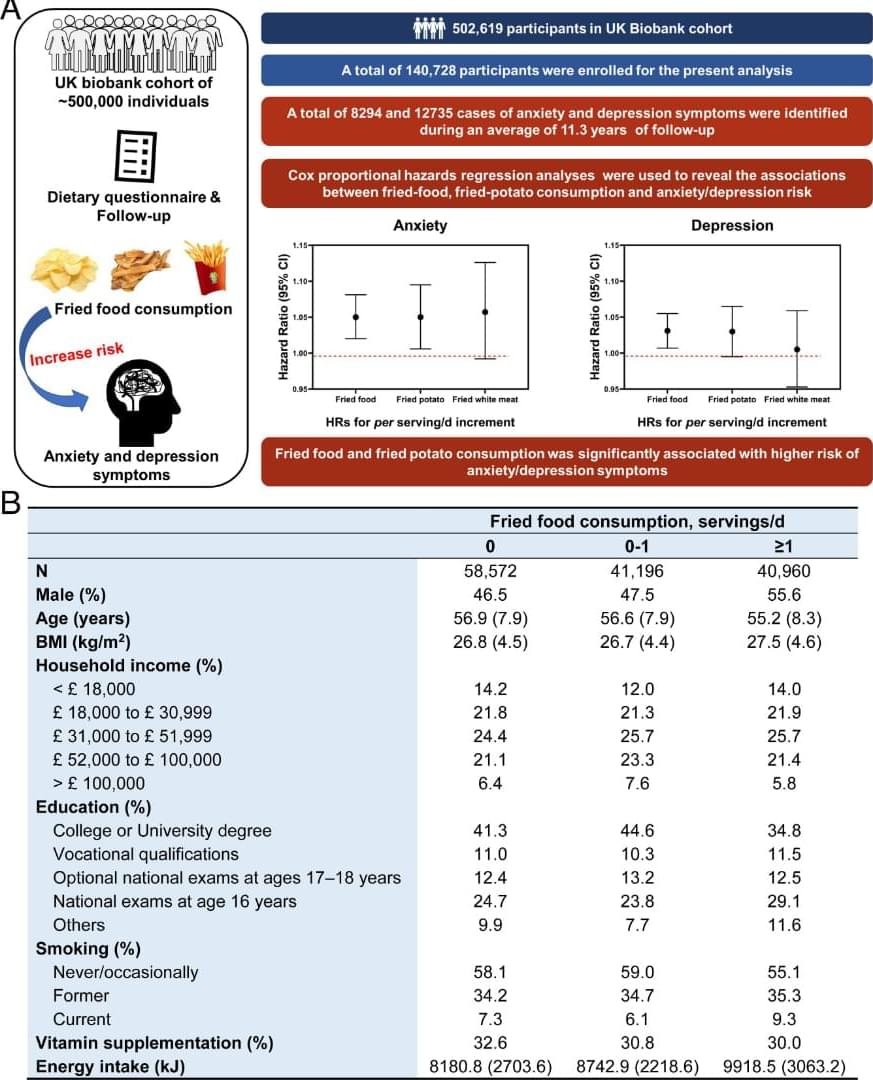
When zebrafish are relocated to a new environment, they seek protection by diving and staying at the safety home, until they feel safe enough to explore the unfamiliar environment (26). The swimming trajectories showed that zebrafish in the control group can swiftly explore and adapt to the novel environment, but chronic exposure to acrylamide reduces the ability to adapt to the unfamiliar environment (Fig. 3 A). Visualized heatmaps showed significant changes in swimming trajectories of zebrafish in the acrylamide exposure groups compared with those in the control group (Fig. 3 B). Furthermore, we found the swimming time and distance ratios in Zone 1 exhibited a dose-dependent decreasing trend in acrylamide exposure groups. Chronic exposure to acrylamide (0.5 mM) significantly decreased both swimming time and distance in Zone 1 and increased those in Zone 2 (Fig. 3 C and D). We recorded the novel object exploration test to visualize the behavioral alteration between the control and each acrylamide-treated group (Movie S3). The movie displays that zebrafish in the control group could swiftly explore and adapt to the novel environment, but chronic exposure to acrylamide reduced the ability to adapt to the unfamiliar environment, which indicated that acrylamide induces anxiety-and depressive-like behaviors by reducing exploration ability of zebrafish.
Moreover, the social preference test was used to assess sociality of zebrafish. Since the zebrafish are a group preference species, they frequently swim by forming a school and swim closely to one another (27). In the current social preference test, representative radar maps and visualized heatmaps exhibited significant changes of preference in swimming trajectories of zebrafish in acrylamide exposure groups compared to those in the control group, indicating that chronic exposure to acrylamide remarkably impairs the sociality of zebrafish (Fig. 3 E–G). For detailed parameters of behavioral trajectories, chronic exposure to acrylamide (0.5 mM) significantly increased both swimming time and distance ratios in the left zone and decreased those in the right zone (Fig. 3 H and I). Notably, chronic exposure to acrylamide (0.5 mM) significantly elevated traversing times and number of crossing the middle line (Fig. 3 J and K).
